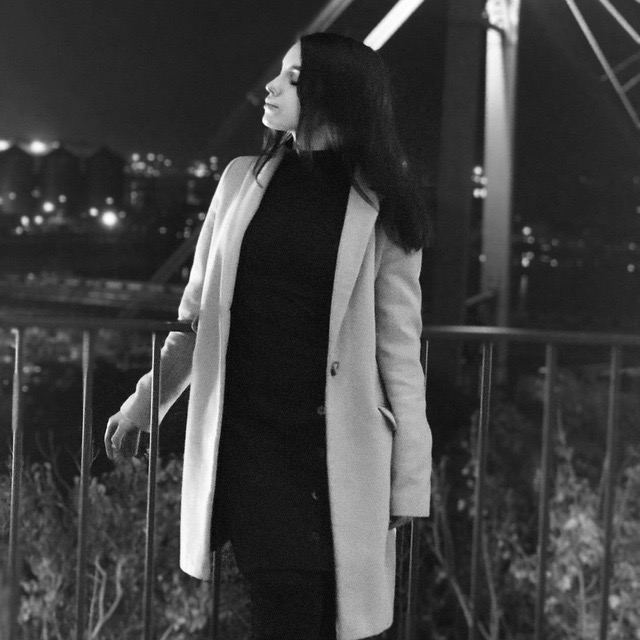Solve Marketing is here!
My name is Ruslana, I’m a content marketer, and today I’ll be talking with the team about this question:
How do you make your designer fall in love with technical briefs?
Kateryna — COO at Solve Marketing:
“Designers are creative souls!” — this is the main idea to keep in mind. Just kidding… or maybe not 🙂
Like anyone, a designer needs comfortable working conditions. That means not only a cozy office, but also a pleasant atmosphere and friendly communication within the team.
Recently, we were searching for a new designer to join our team. During the process, we also surveyed candidates to find out what they preferred: unlimited creativity or structured work.
Surprisingly, most chose both options. This little experiment proves that even artistic work can be well-organized — you just need the right approach.
“Clear and well-structured instructions are the key to success in any task” — now that is the idea worth holding onto!
So now we’ll share some secrets to writing briefs (aka tech specs) your designer will actually love.
This will be genuinely useful! So what absolutely needs to be in a brief?
Violetta — Head of PM:
Here are the key points to include in your brief:
1. Deadlines
Deadlines are the top priority — to organize a team’s work, you need to understand how much time is allocated for each task. Even if you use a task tracker, we still recommend listing the deadlines in the brief itself. It makes the assignment clearer and helps make the process smoother for the designer.
2. Placement and format of the creative asset you need
Always mention where the creative will be placed and what format it should be. For example, Facebook feed ads and Instagram Stories creatives are not just different in size — they require different design approaches.
3. Project overview
A designer needs at least a bit of context about the project to get started, get inspired, and make the perfect creative.
That’s why we recommend adding a short description of the client’s business and a link to the website — even if the designer is working on their 100th creative for that company. It also helps them quickly switch between projects.
4. Goal explanation
The project manager might know the overall strategy, but other team members often don’t. So, to align the team, we recommend briefly describing the goal of the creative or landing page. This will also help the designer place the right emphasis or create the desired mood.
5. Explanation of what needs to be done
Now for the heart of it — the detailed description of the task and the expected outcome.
Here are examples. For a creative asset, list:
- overall concept;
- layout;
- size;
- format (jpg, png);
- type of image (illustration, photo, graphic);
- whether a logo is needed;
- description and content of any text.
For a landing page, include:
- overall concept;
- number and content of sections;
- description of background and imagery style;
- text details and font preferences;
- description of buttons, sliders, or other functional elements.
Of course, this will vary by project. But the golden rule is: the more details you give, the better the first result will be.
6. Working materials
This is where the way to a designer’s heart lies 🙂
Designers spend a lot of time looking for things like:
- brand book or folder with logos and branding elements;
- folders with photos or illustrations (if existing ones are to be used);
- destination folder for the final result.
They’ll be so grateful if you attach these directly to the brief.
7. Clarifications
Want to reduce the number of edits and speed up production? Always think ahead about what might go wrong.
For example:
- the business owner believes red brings bad luck and doesn’t want it used;
- all files must be named a certain way because they’re auto-uploaded to a server;
- …and so on.
8. References
Another key to a designer’s heart 🙂
Just a few reference examples can help the designer instantly understand your expectations and avoid missteps.
Where to find references?
- check out competitors;
- search ideas on Pinterest;
- browse portfolios on Behance;
- use stock image sites like Freepik;
- or just Google it.
It’s worth taking a little time — you’ll get a great result and a happy designer.
Thanks! That was really useful to learn how to bridge the gap between creativity and structured planning.
Kateryna — COO Solve Marketing:
We know how to work as a team, we’ve got awesome project managers and designers who are truly in love with their work — and together, we create marketing magic.
See for yourself — book a consultation to explore marketing opportunities for your business.




